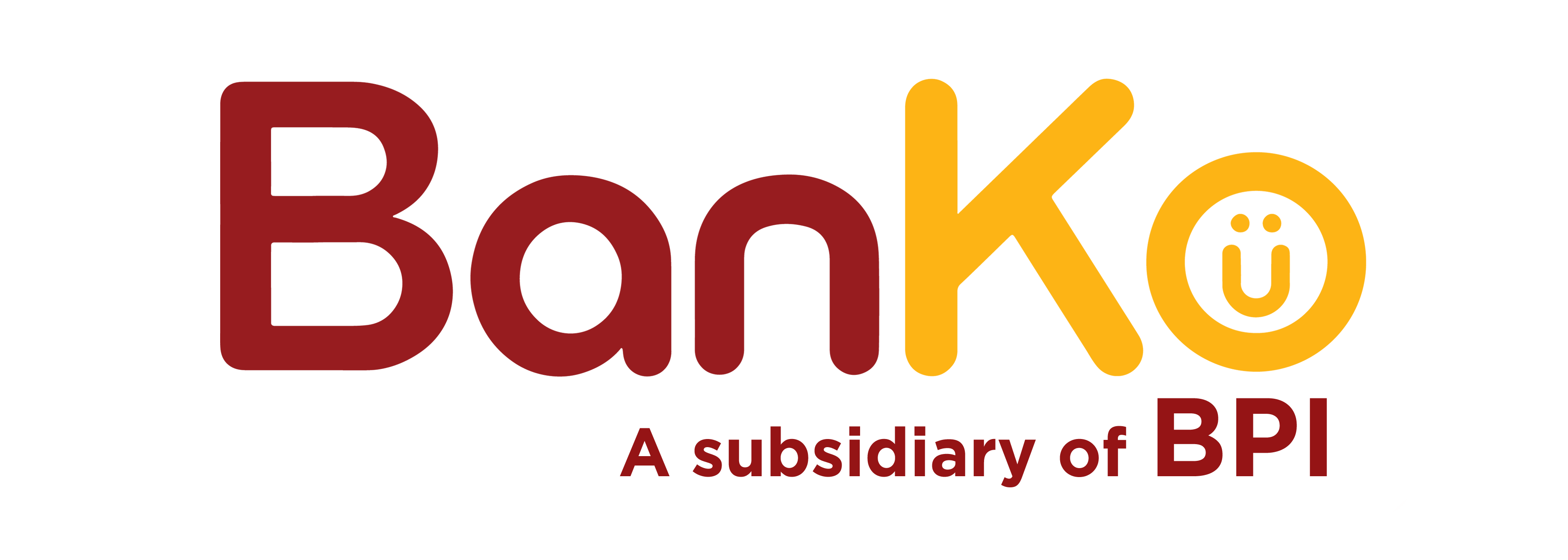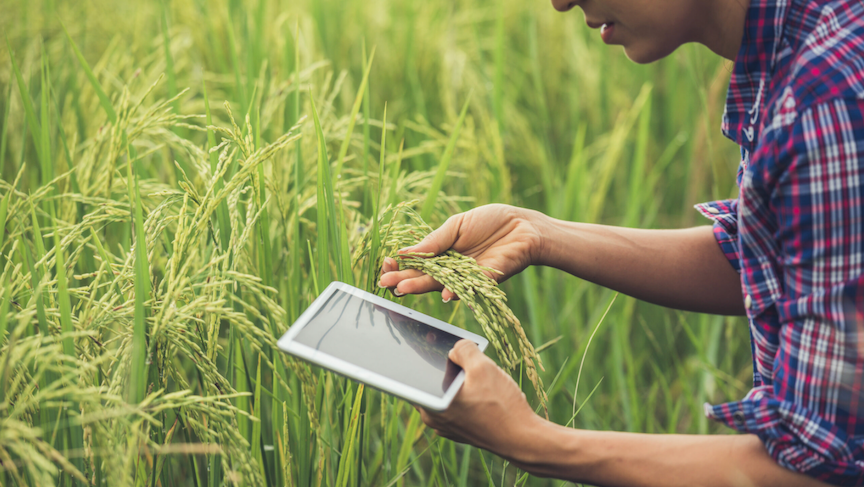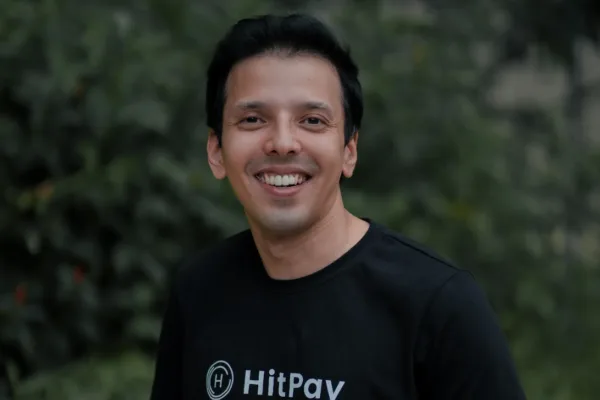By Edielyn Mangol, Reporter
In many rural barangays across the Philippines, traditional bank branches are still out of reach — both physically and in terms of relevance. But a quiet revolution is underway.
Digital microbanks and e-wallet agents are emerging as critical players, stepping in to serve communities once thought unreachable. By embracing innovation and working around persistent barriers like low internet connectivity, limited digital literacy, and lack of infrastructure, these new players are bringing formal financial services to the country’s most remote corners.
This trend is more than a story of technology — it’s about reimagining what inclusive finance looks like for underserved populations. From sari-sari store agents enabling cash-in/cash-out services to lightweight mobile platforms that run on low bandwidth, fintechs are changing how the “last mile” is reached.

Digital microbanks: The promise and barriers of rural fintech adoption
For decades, financial inclusion has been a policy goal in the Philippines. Yet despite progress, millions of Filipinos remain unbanked or underbanked, especially in rural areas where banking infrastructure is scarce. Traveling to the nearest bank often means hours of commuting, spending on fares, and losing productive time — barriers that discourage low-income families from opening or maintaining accounts.
Digital microbanks and e-wallets promise to bring these services closer. They offer accessible savings accounts, microloans, bill payments, and even insurance—without requiring physical branches.
This can empower micro, small, and medium enterprises (MSMEs), support local commerce, and improve household financial security. When disasters strike and physical infrastructure is damaged, digital channels can also help communities recover faster by allowing quick distribution of aid and remittances.
But promise alone does not ensure success. Rural fintech faces steep challenges. Internet connectivity is often weak or unstable, with power outages common in far-flung barangays. Many households either lack smartphones or struggle to keep devices charged.
Digital literacy also remains low; not everyone is comfortable navigating mobile apps or entering personal data online. Trust is another obstacle: some users fear digital scams or worry they could lose money due to unfamiliar systems. On top of these user challenges are regulatory and infrastructure hurdles. Building rural agent networks is costly, and licensing or anti-money laundering (AML) and know-your-customer (KYC) compliance can be burdensome for small fintech startups.
How microbanks and e-wallet agents are adapting on the ground
Despite these barriers, many digital microbanks are finding creative ways to make their services work in the countryside. One of the most effective tactics is building agent networks composed of trusted local community members — sari-sari store owners, barangay health workers, cooperatives, and yes, even teachers!
These agents act as human bridges between technology and people: they help onboard customers, facilitate cash-in and cash-out transactions, and provide real-time assistance. Because they are already embedded in the community, they help build trust faster than faceless mobile apps could.
Some fintech firms are also deploying lightweight mobile platforms that can function even with low bandwidth. For example, using USSD or SMS-based services allows users to perform basic transactions without needing mobile data. Others design offline-capable features that sync once internet becomes available, ensuring service continuity during outages. These innovations directly respond to the realities of rural connectivity gaps.
To tackle digital literacy gaps, microbanks and e-wallet providers are running grassroots education campaigns. They conduct barangay-level training sessions, use visual guides in local languages, and rely on peer-to-peer coaching so early adopters can help neighbors learn. Some partner with local government units (LGUs) to embed financial literacy modules into existing community programs.
Marketing efforts also emphasize relatable, practical use cases — paying school fees, receiving Overseas Workers Welfare Administration (OWWA) remittances, or buying prepaid load — to show immediate benefits. These strategies help turn skepticism into adoption.
BHF Rural Bank + PearlPay pilot
One of the clearest examples is the 2019 pilot between BHF Rural Bank (Dagupan City) and fintech startup PearlPay, which implemented cloud-based core banking solutions, agent banking solutions, and a white-label eWallet solution.
The goal was to service customers in areas with limited or no internet access. For BHF, this meant allowing cash-ins and cash-outs through agent networks, enabling digital transaction records, and reducing reliance on branch infrastructure. The pilot showed that rural banks can adopt digital services with the right technology partner, lowering costs and increasing reach.

BanKO: Mobile microfinance and agent outlets
BPI Globe BanKO is a pioneering model. Established in 2009 through a partnership between BPI, Globe Telecom, and Ayala Corporation, BanKO used mobile phone-based microfinance backed by a network of accredited community touchpoints (pawnshops, grocery retailers, etc.) that perform KYC, cash-in/cash-out, and other transaction services.

Despite BanKO operating in many municipalities without bank branches, its model allowed people to access savings and loan services via their mobile phones and trusted outlets near them. The BanKO case helps illustrate that combining telecom reach, trusted local outlets, and digital tools can push into areas where traditional banking is too expensive or impractical.
GCash in rural villages
More recently, evidence from a study “Mobile Finance and Rural Inclusion: Evidence from GCash Use in Philippine Villages” shows how GCash is already making headway in rural barangays. The study surveyed rural residents and found that GCash is reducing barriers to financial inclusion, allowing savings, payments, and transfers even in villages far from urban centres.

One interesting finding: age was the only demographic factor significantly correlated with usage and benefit. Younger users tend to adopt digital wallets more, while older populations are still more hesitant.
Also, challenges remain: limited awareness, internet access, affordability of devices, and concerns about fraud. But the trend suggests that even existing large-scale e-wallets can help reach the last mile if coupled with supportive policies and infrastructure.
What needs to happen next for deeper inclusion
To fully unlock the potential of rural fintech, broader systemic support is needed. First, policy and regulation must continue evolving to accommodate digital-first banking models. The Bangko Sentral ng Pilipinas (BSP) has made strides by issuing digital bank licenses and supporting simplified KYC frameworks, but more can be done. For instance, introducing risk-proportionate regulations and offering tax breaks or subsidies to fintechs that operate in geographically isolated and disadvantaged areas (GIDAs) could accelerate rollout.
Second, investments in connectivity and power infrastructure are crucial. Public-private partnerships can help fund better mobile network coverage, community Wi-Fi hubs, and solar-powered charging stations for agent outlets. Stable internet and electricity are the foundation upon which digital services can thrive. Without them, even the most user-friendly fintech platforms will struggle to scale.
Third, there’s a need to strengthen digital trust and consumer protection. This means ramping up campaigns about fraud awareness, data privacy, and responsible use of digital finance tools. Regulators, fintech firms, and civil society groups can collaborate to establish grievance redress mechanisms, digital ombudsman services, and local support hotlines. Building user confidence will drive higher transaction volumes, which in turn makes rural fintech operations more sustainable.
The road ahead for rural digital finance
The rise of digital microbanks and e-wallet agents in rural barangays signals a turning point in the Philippines’ financial inclusion journey.
Case studies like BHF-PearlPay, BanKO, and GCash show that combining technology, trusted local agents, and regulatory support makes the “last mile” reachable — not just in theory but in practice.
With continued regulatory support, infrastructure investments, and community engagement, rural fintech can move from pilot projects to permanent fixtures of local economies. The more residents trust and use these services, the more viable they become. And when financial tools finally reach the “last mile,” they unlock new economic opportunities, reduce vulnerability to shocks, and help rural communities participate fully in the digital economy.











